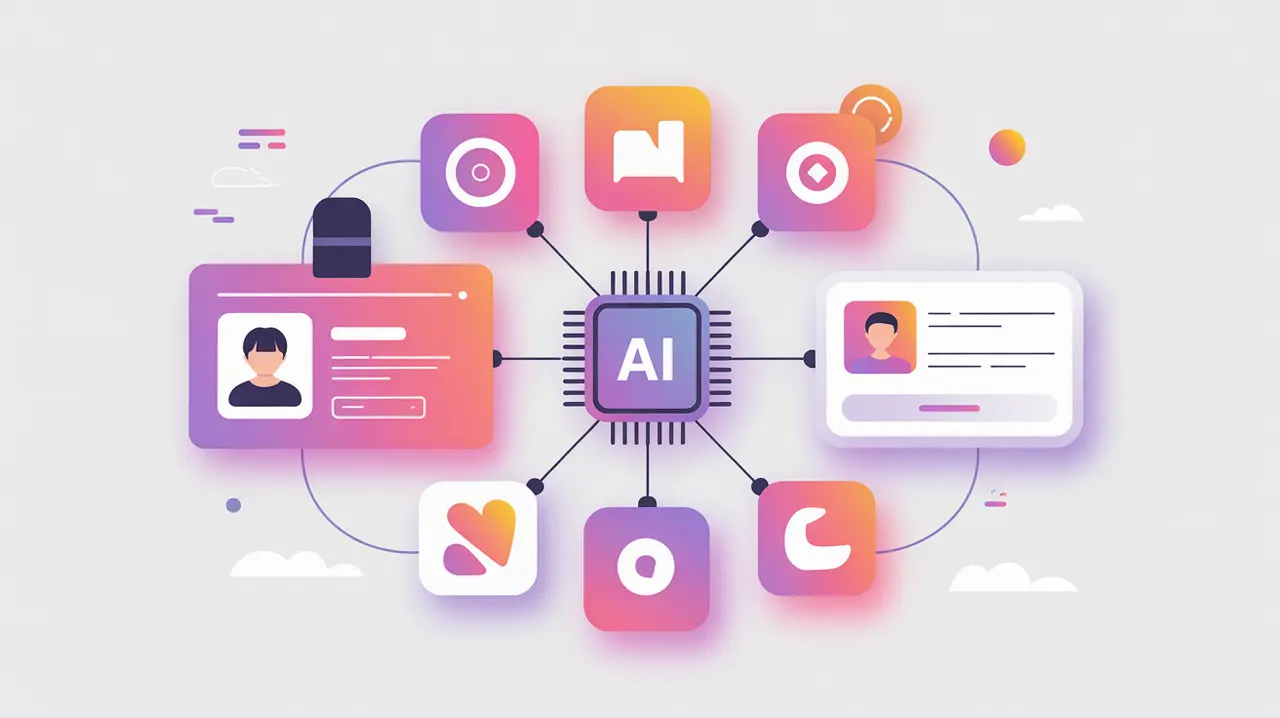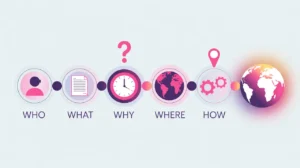Importance of OpenID Connect (OIDC)
OpenID Connect (OIDC) is an identity layer built on top of OAuth 2.0 that enables secure authentication of users and applications. While OAuth focuses on authorization (what a user or system can do) OIDC adds authentication, verifying who the user is. Its importance today lies in the rise of distributed systems, cloud services, and AI platforms that require both secure access and strong identity assurance. OIDC provides a standardized, interoperable way to achieve this.
For social innovation and international development, OIDC matters because organizations often need to authenticate users across multiple platforms while protecting sensitive information. From verifying a health worker logging into patient systems to enabling a student to access multiple digital learning tools, OIDC ensures that identity is validated consistently and securely.
Definition and Key Features
OIDC extends OAuth by introducing ID tokens, which carry verified information about a user’s identity in a secure, signed format such as JSON Web Tokens (JWT). When a user logs in through OIDC, the identity provider authenticates them and issues both an access token (for authorization) and an ID token (for authentication). This dual capability allows systems to know not only what a user can do, but also who they are.
OIDC is not the same as OAuth, which does not verify identity. Nor is it equivalent to SAML, which also supports federated authentication but uses XML and is more complex to implement. OIDC is a lightweight, developer-friendly standard designed for modern web, mobile, and API-driven environments.
How this Works in Practice
In practice, OIDC relies on identity providers such as Google, Microsoft, or open-source platforms like Keycloak. Applications that trust these providers redirect users to them for login, then receive ID tokens containing user information. Claims within these tokens can include attributes like name, email, or role, allowing fine-grained access decisions.
Challenges include securely handling ID tokens, preventing token replay or forgery, and managing trust relationships across multiple identity providers. Proper implementation requires validating signatures, enforcing expiration times, and protecting tokens during transmission and storage. Despite these complexities, OIDC has quickly become the preferred standard for modern authentication flows.
Implications for Social Innovators
OIDC enables mission-driven organizations to create seamless and secure login experiences across multiple services. Health programs can ensure clinicians authenticate once and then securely access patient, diagnostic, and reporting systems. Education platforms can give students one trusted login for digital classrooms, assessments, and learning resources. Humanitarian agencies can use OIDC to verify the identities of staff and partners accessing crisis platforms from different regions.
By combining authorization with authentication, OIDC provides a flexible and secure identity standard that helps organizations protect sensitive data while improving usability for diverse communities.







